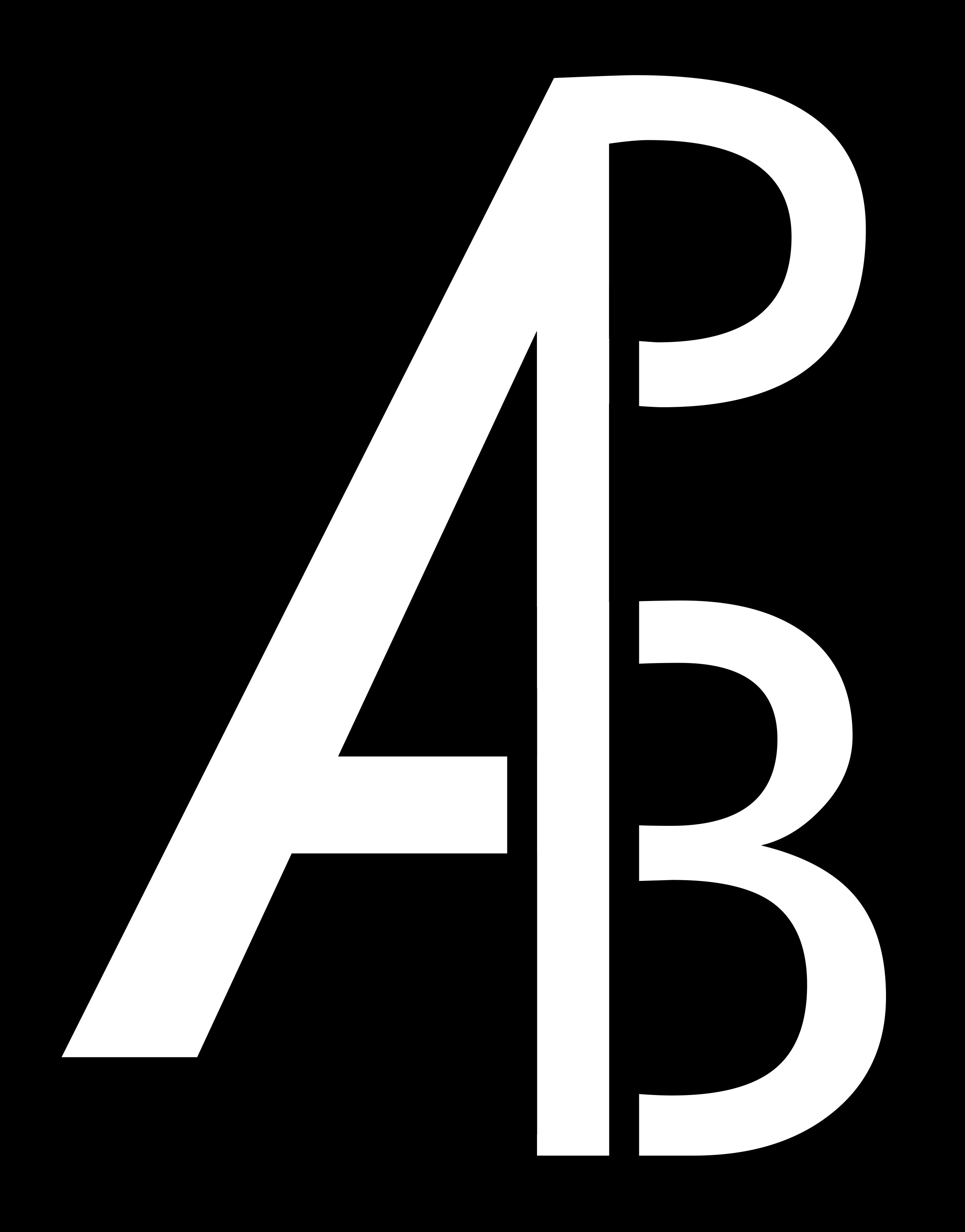Let’s talk about dubstep, shall we.
For those of you who are unfamiliar with the term, no, dubstep is not some niche subgenre of heavy metal. It’s actually a niche subgenre of electronic dance music. It’s a relatively newer genre that grew out of breakbeat and drum-and-bass (two other electronic music genres) that usually features syncopated drum and percussion patterns and prominent baselines in the sub-bass frequencies. (Sub-bass frequencies are really low-frequency, or ‘deep’, bass, in the range of 20-60 Hz. We’re talking about the bottom range of human hearing, here.) Basically, dubstep is about really deep, aggressive bass drops.
But I thought this was supposed to be a metal blog, you say. I hear you, I hear you. Let me explain.
For one thing, I did mention that I like lots of different genres of music. More than being just a ‘metal blog’, this is a blog about finding and experiencing new kinds of music and literature. It’s about opening your mind to new experiences. But it’s also a blog about finding overlap between music and genre fiction.
A big chunk of my focus around here will be about the connection between heavy metal and fantasy, but it would be short-sighted of me not to acknowledge the connection between science fiction and electronic music. While fantasy has served to influence metal to a great extent, the same is true of sci-fi and electronica. It’s not quite as evident because the influence is not so much about lyrical and thematic elements for the most part, but more a general feeling that electronic music is what everyone is listening to in many of these far future science fiction stories.
But beyond that simple connection, there’s actually a connection between dubstep and heavy metal. Though dubstep first started to develop in the late 90’s/early 00’s, it didn’t really start to gain commercial traction until the tail end of the 00’s. At this point, elements of dubstep started to pop up in both British and American pop music.
Then in 2011, dubstep exploded onto the US market with a specific subgenre that became known as brostep, with American musician/producer Skrillex becoming a poster boy for the genre. So what is brostep? It’s basically a more aggressive, almost robotic version of dubstep that de-emphasizes the sub-bass frequencies and instead emphasizes distorted bass riffs reminiscent of those generated by electric guitars in heavy metal.
That’s right, metal. In fact, dubstep has been described as having “metal-esque” levels of aggression. And beyond that, dubstep has been embraced by the metal community to a certain extent. In 2011, Korn partnered with Skrillex to add elements of dubstep into their album The Path of Totality, which received mixed critical reviews, and if you search for ‘metal dubstep’ on YouTube, you’ll find lots of hits. (Not necessarily anything good, but you’ll find stuff).
So there you have it. Dubstep and metal are, in a way, linked. Of course, that doesn’t mean that all dubstep is metal-like. Some is very far from it, veering towards more standard pop and electronica. Then again, there’s also massive variety between metal genres, so it’s to be expected.
I figured I would start out this recurring segment by featuring Johnny Dubba’s “A Brief Tutorial on Dubstep Production.” It’s exactly what it says it is, an introduction and primer on dubstep, but it’s also a pretty good song in it’s own right. It’ll explain some of the more technical aspects of dubstep, like what sonic elements are used, the song tempo, and of course, the drop.
Listen, and enjoy.
Image credit: Featured image by {{{1}}} (Flickr: Skrillex @ Camp Bisco X) [CC-BY-2.0 (http://creativecommons.org/licenses/by/2.0)], via Wikimedia Commons.

